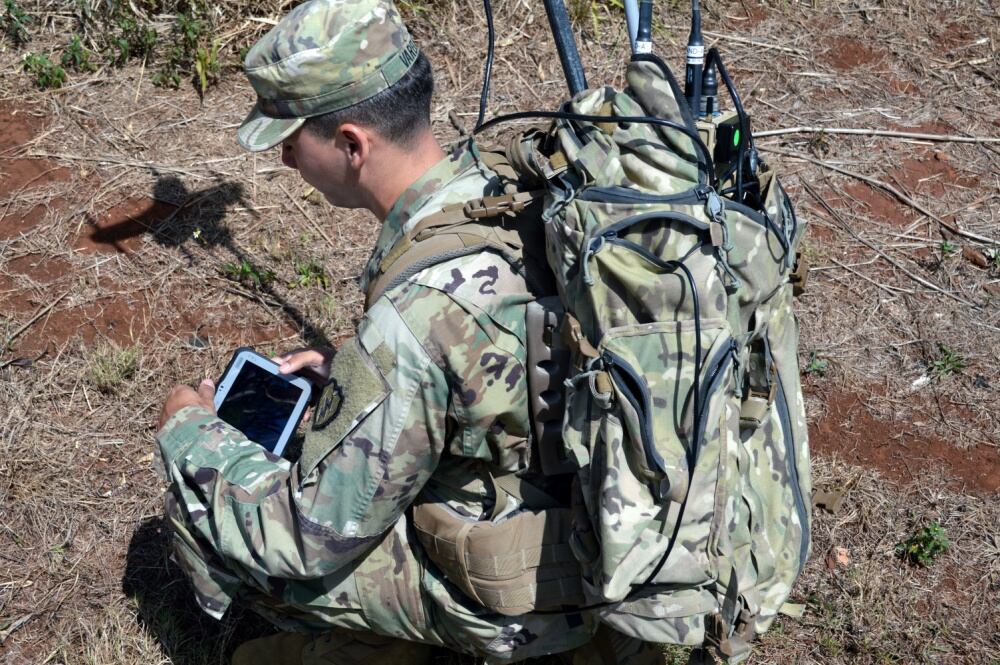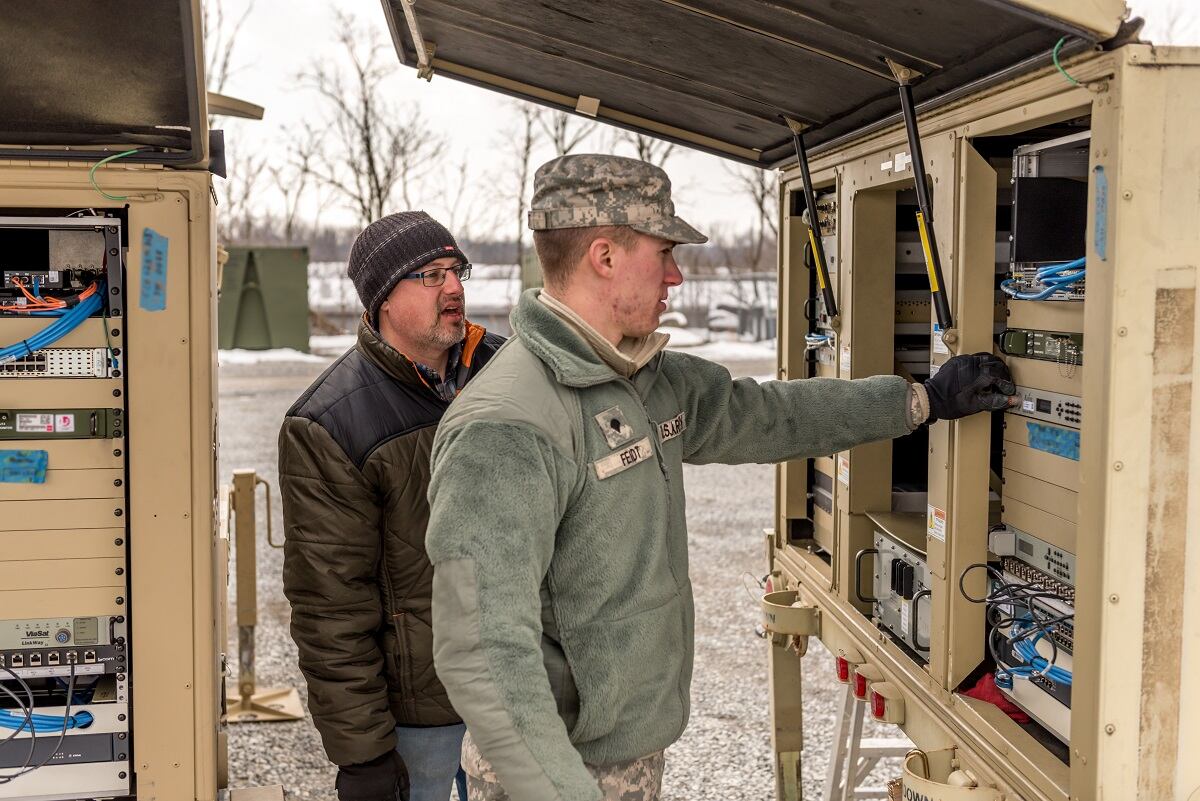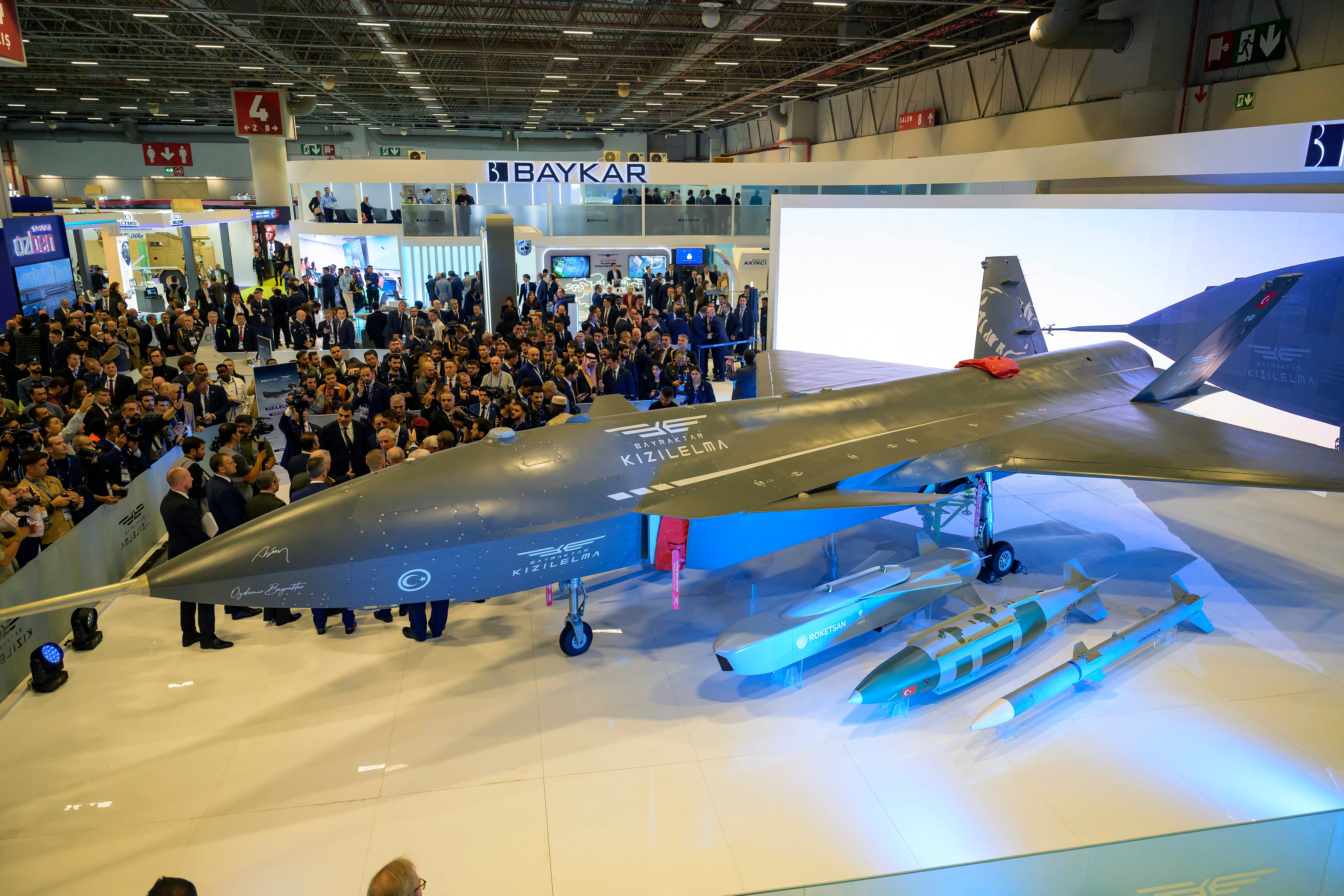Army leaders have recognized they can’t outfit every unit with the newest, state-of-the-art technology. As a result, the service is trying to determine which units will receive the best IT and communications equipment first.
“We need to field differently if we’re going to meet the needs of the National Defense Strategy. The current processes that we are using … is too dynamic for our big Army to be able to keep up with,” Col. Jay Chapman, division chief for mission command in the Army’s operations, training and planning office, said May 1 during an AFCEA hosted event. “The Army is too large to field everything to everybody. As you all know in this audience, IT is expensive and the Army, as big as it is. means it will take 5, 10, 15 years to field a piece of kit to everyone in the Army.”
RELATED

Chapman said when the Army chief of staff and the service secretary asked his boss, the director of force management, for assurances that the units most likely to come in contact with near peer adversaries would be the most modernized units in the force.
The answer?
“Absolutely not,” Chapman said, paraphrasing his boss. “The current processes we have do not lend us to ensuring that we will have the most modern equipment in those forces.”
To help fix that, Chapman said the Army is hoping to lay out a plan for senior leaders that will describe which forces need to which equipment.
The prevalent line of thinking is that units that will be in theater at all times – or in contact with enemies – will likely receive the full complement of the newest technology. Today, that is not always the case.
RELATED

Surge units might not have the latest and greatest, but something similar to allow them to do their job.
Mark Pomerleau is a reporter for C4ISRNET, covering information warfare and cyberspace.








